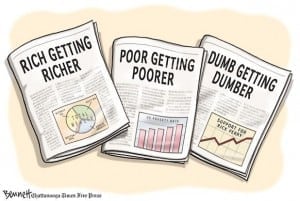
Some are scribbled on a memo pad from a hotel room. Others are torn out of magazines or newspapers. There are printouts of pages from the web with handwritten notes and items circled. If it is an idea I think is important, I find a way to create a physical archive of it. Sometimes bookmarking an idea in a browser just isn’t enough.
Then at the end of the year, I look through that folder usually filled with hundreds of small ideas, and start to filter them. I group similar concepts together and think about how they will matter for the new year. My philosophy when looking at trends is pretty simple – I focus on three things:
1. Idea: What is the CORE idea behind products or campaigns that unites them and says something about our culture or business?
2. Acceleration: How quickly is the idea finding its way into multiple businesses and what are REAL examples?
3. Impact: How profoundly could this idea impact that way that business is done in the short term (next year)?
Yesterday for the first time I offered a sneak peek at the first seven of my 15 Trends for 2013 to a room filled with over 200 communicators at the Social Media Outlook 2013 event put on my Potomac Tech Wire and hosted by USA Today (scroll to the bottom of this post to see the trends). In my talk, one of the questions a participant asked is how I develop my trend report and the process I use. For the next 15 days, I will sharing all 15 Trends through a daily blog post – starting tomorrow with a detailed post about my first trend to watch for 2013.
The full report with all 15 trends will come out on December 5th – with a FREE presentation on Slideshare as well as an extended eBook available for the Kindle. You can also see my previous 2012 Trend Report and 2011 Trend Report on Slideshare as well.
How To Spot Trends
Before even beginning, it is useful to understand why so many trend reports that are already out there don’t really offer that much value. To me, it comes down to three big tips I would share that help me when trying to make my own trend reports stand out:
- Don’t make it superficial – Talking about how social media will “be everywhere” in 2013 isn’t really a trend, it is more of a statement of fact. Too many so-called trend reports just share a fact that is far too obvious and doesn’t dig deep enough.
- Find real proof – Every trend I share comes with multiple examples. I do use the principle that you need at least three strong examples before something is really a trend … but often I find many more.
- Avoid being self serving – It is understandable to want to find a trend that supports your business. If you own a cupcake shop, for example, the easy trend would be to say 2013 is the year of “Cupcake Explosion” … but usually self serving trends are easy to spot (and lose you credibility instantly)
Step One: Collect Significant Ideas
The aim here is to find ideas that describe a new sort of behaviour that is happening today with increasing frequency.
Step Two: Group Ideas By Theme
In this phase, my goal is to find individual ideas that have similarities and try to group them into clusters.
Step Three: Consolidate Ideas
Multiple clusters may be related to the same bigger concept – this phase is where I go from over 50 ideas to my final 15.
Step Four: Name The Trend
Part of the fun of trend hunting is naming each concept. My book Likeonomics, for example, was a leading trend from 2011.
Step Five: Create Presentation
For me, a visual presentation is where I can share each trend along with reach examples of visuals that illustrate it.
So there you have it – a visual description of my process for spotting trends. Now that you know how I approached it, here’s a short roundup of the first 7 social media focused trends that I shared during my presentation, along with a short list of the examples that I used for each. These will be included in the full trend report which is coming out on December 5th, and tomorrow’s blog post will be about “Shoptimization” – the first trend in my report.
7 Social Media Trends That Matter In 2013 (Sneak Peek)
- Shoptimization – The growing suite of technology, apps and business practices designed to make shopping quicker, easier and more convenient. (Examples – Slice, Dashlane, GoodRx, ShopSavvy, Wish Want Wear, Key Ring, Rent the Runway, Macy’s in-store GPS)
- Partnership Publishing – Sitting between traditional publishing and self publishing is this “DIT – Do-it-together” model that pairs aspiring authors with publishing experts on an independent or boutique basis. (Examples – Paper Lantern Lit, Net Minds, The Domino Project, and LayerGloss).
- Human Banking – In the works for some time, this trend of financial institutions finally using more human language and simplifying their offerings is set to take off in 2013. (Examples – Ally Bank, Mint, and FoundersCard)
- MeFunding – Crowdfunding gets personal as individuals turn to this model to raise money for everything from life changing trips to paying for health costs after tragic accidents. (Examples – GoFundMe, indiegogo and GiveForward)
- Hyper-Local Commerce – The money follows this hyper-local trend as tools emerge to instantly create ecommerce sites and apps help you keep money in your community. (Examples – Goodzer, Sears Local, Popularise, Fundrise, and Shopify).
- FriendSourced Travel – Your friends are your greatest source of inspiration for planning travel, and a suite of apps and new travel services are making it easier to make your travel more personal than ever. (Examples – airbnb, Vayable, trippy, Dine with the Dutch, and Tripbirds).
- Degree-Free Learning – The eLearning trend starts to take shape as more than a way to learn about hobbies – and begins to finally present itself as a viable alternative to a college education for some. (Examples – creativeLIVE, Inc. Advisor, Jack Welch eMBA, UnCollege, E[nstitute] and Soundslice


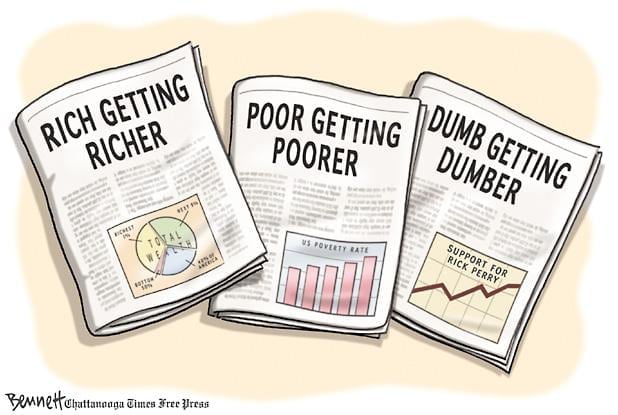

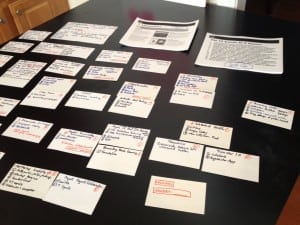
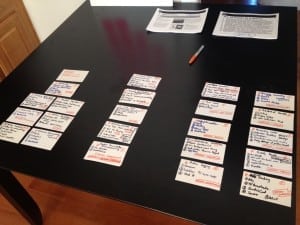
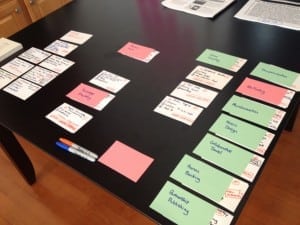





WE RECENTLY REMOVED COMMENTING - LEARN WHY HERE >